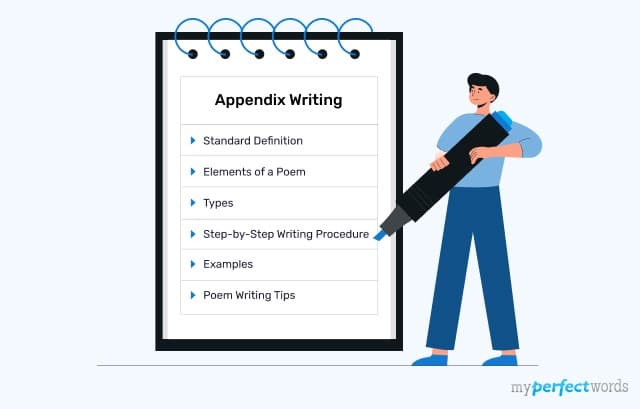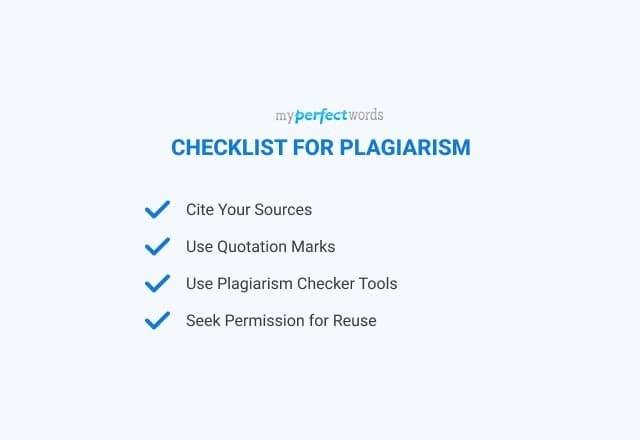Have you ever handed in your work, thinking it's all yours, only to find out later that you accidentally stepped into plagiarism without knowing? It's more common than we think.
The issue? We often don't realize the different types of plagiarism hiding in our work, leading us into tricky situations without awareness.
But don't worry if you are wondering what types of plagiarism exist!
In this blog, we're going to uncover different and common plagiarism types along with examples. We will also address the pitfalls to avoid so you can have 100% plagiarism-free work.
So, why wait? Let's jump in!
On This Page![]()
- 1. What is Plagiarism?
- 2. Different Types of Plagiarism
- 3. Consequences of Plagiarism
- 4. Poor Practices that can Cause Plagiarism
What is Plagiarism?
Plagiarism involves using someone else's work, ideas, or intellectual property without giving them proper credit. It goes beyond simply copying and pasting.
Plagiarism can take various forms, including paraphrasing without citation or even self-plagiarism, where you reuse your own work without acknowledgment. The impact of plagiarism extends beyond academic institutions to the professional world and creative industries.
Let’s explore different types of plagiarism with their examples to make sure your work is original and fair.
Different Types of Plagiarism
Plagiarism comes in various forms, each with its variations and implications. Understanding these different types is essential to avoid unintentional pitfalls and uphold ethical standards in your work.
Here are some common forms of plagiarism:
Type # 1: Duplicate Publication
Definition: Submitting the same work to multiple places without proper citation.
Explanation: This type of plagiarism is often considered a form of self-plagiarism. It occurs when a student presents identical content at different venues without acknowledging both instances. This undermines the integrity of academic contributions by portraying the work as novel in multiple contexts.
Example: A student submits the same research paper to two different conferences without acknowledging both instances. This practice misrepresents the originality and novelty of the work. |
Type # 2: Accidental Plagiarism
Definition: Unintentionally using someone else's work without proper attribution.
Explanation: Accidental plagiarism is also known as unintentional plagiarism. It happens when individuals unknowingly incorporate someone else's ideas or content into their work without giving due credit. It is often a result of oversight, lack of awareness, or improper citation.
Example: While writing an essay, you forget to cite a primary source because you didn't realize you were using someone else's idea. Accidental plagiarism can occur due to negligence in proper attribution. |
Type # 3: Direct Plagiarism
Definition: Copying someone else's work word-for-word without proper citation.
Explanation: Direct plagiarism is when people copy someone else's work without using quotation marks or giving credit. It's like clear-cut copying without saying where the content came from. This type of plagiarism is also known as deliberate plagiarism or intentional plagiarism.
Example: Copying and pasting a paragraph from a website into your document without using quotation marks or citing the source. This type of plagiarism leaves no room for interpretation—it's evident copying. |
Type # 4: Patchwork Plagiarism
Definition: Copying and pasting from multiple sources to create a new document without proper citation.
Explanation: Patchwork plagiarism involves combining sections from different sources without proper credit. It is also known as mosaic plagiarism. It blurs the line between your original contribution and borrowed content.
Example: Creating an essay by copying sections from different articles and putting them together without giving credit to the original authors. This results in a patchwork of information without proper citation. |
Type # 5: Paraphrase Plagiarism
Definition: Rewriting someone else's work without providing proper credit.
Explanation: In paraphrase plagiarism, individuals attempt to present someone else's ideas or information as their own by rewording the content. While the words may be different, the core concepts remain borrowed, and credit to the original author is removed.
Example: Imagine finding a compelling paragraph in a book, and instead of quoting or citing the author, you rewrite the passage in your own words in an essay. Even though the wording is changed, it's still considered paraphrase plagiarism if you don't give proper credit to the original source. |
Type # 6: Global Plagiarism
Definition: Submitting someone else's work as your own without any changes or proper citation.
Explanation: Global plagiarism is also known as complete plagiarism. It involves presenting an entire piece of work created by someone else as if it's your own without making any modifications or providing proper credit. It is a complete misrepresentation of one's capabilities.
Example: Submitting an entire essay written by someone else as if it's your original creation. This form of plagiarism deceives the audience into thinking you produced the work when, in fact, you did not. |
Type # 7: Verbatim Plagiarism
Definition: Using someone else's exact words without quotation marks or proper citation.
Explanation: Verbatim plagiarism occurs when individuals copy someone else's words word-for-word without using quotation marks or providing proper acknowledgment. It is a form of direct copying that lacks attribution.
Example: Including a sentence from a book in your paper without indicating it's a direct quote. Verbatim plagiarism disguises someone else's words as your own. |
Type # 8: Source-based Plagiarism
Definition: Plagiarizing content from a particular source without proper citation.
Explanation: In source-based plagiarism, individuals target a specific source and use its content as if it were their own, without giving credit to the original author.
This form of plagiarism is more focused and deliberate, involving the appropriation of material from a single source without proper attribution.
Example: Taking information from a single article and using it in your work without citing the source. Source-based plagiarism is a selective form of content appropriation. |
Type # 9: Outline Plagiarism
Definition: Plagiarizing the structure or framework of a work without proper citation.
Explanation: Outline plagiarism involves using the same structure with different information. It is also known as retweet plagiarism, which uses the outline of another essay. The thesis statement and other points are also the same in each paragraph. Thus, the sources can be unique, but the content may not be original.
Example: Using the same outline or structure as another person's essay without acknowledging the source. Outline plagiarism is not just about words; it's about copying the structural elements of a work. |
Type # 10: Hired Plagiarism
Definition: Paying someone else to create original work and submitting it as your own.
Explanation: In hired plagiarism, a writer pays someone to write an assignment for him. It also includes buying assignments from different online websites. It is considered plagiarism to hire someone else to write an essay for you, and you claim it as your own.
Example: Paying a freelance writer to write an essay and then submitting it as your own work. Hired plagiarism involves taking credit for work you did not personally create. |
Type # 11: Aggregate Plagiarism
Definition: Combining content from multiple sources without proper citation.
Explanation: Aggregate plagiarism involves collecting information from various sources and combining them without providing proper credit. It is a form of plagiarism that integrates content from multiple origins.
Example: Creating a report by gathering information from different articles and websites without giving credit to the original sources. Aggregate plagiarism results in a blend of information without proper attribution. |
Consequences of Plagiarism
Plagiarism isn't just a small mistake; it comes with serious consequences that can impact various aspects of your academic or professional life.
Here's a closer look at the consequences of engaging in plagiarism:
- Academic Penalties: Plagiarism in academic settings can result in severe consequences, including failing a course, receiving a reduced grade, or even expulsion from a school or university.
- Damage to Reputation: Plagiarism tarnishes your reputation as a student or professional. It undermines trust and credibility, affecting how others perceive your integrity and work ethic.
- Legal Ramifications: In some cases, plagiarism can lead to legal actions, especially if it involves copyright infringement. This can result in fines or other legal penalties.
- Career Implications: Plagiarism can harm your professional future. Employers value honesty and originality. Discovering plagiarism in your work can lead to job loss or difficulty in securing employment.
- Educational Consequences: Plagiarism hinders the learning process. When you copy others' work, you miss the opportunity to develop your own skills and knowledge, defeating the purpose of education.
- Loss of Academic Opportunities: Plagiarism can close doors to academic opportunities, scholarships, and research positions. Institutions and organizations often avoid individuals with a history of plagiarism.
- Personal Consequences: Plagiarism can take a toll on your personal well-being. The guilt and stress associated with being caught or knowing you've cheated can have negative effects on mental health.
- Damage to Relationships: Plagiarism can strain relationships with teachers, colleagues, and peers. It erodes trust and can lead to isolation within academic or professional communities.
- Permanent Record: Plagiarism incidents may be recorded on your academic or professional record, affecting your standing for years to come. This information can be accessible to future employers or academic institutions.
- Missed Learning Opportunities: When you copy others' work, you miss the chance to engage deeply with the subject matter, hindering your own intellectual and personal growth.
Poor Practices that can Cause Plagiarism
When you're doing academic or professional tasks, it's important to be aware of things that can go wrong.
Here are some common mistakes to watch out for to make sure your work is original:
- Poor Citations: Incorrect or inadequate citation can diminish the credibility of your work. Make sure to follow the appropriate citation style consistently.
- Incomplete Research: Failing to conduct thorough research can result in incomplete or inaccurate information. Take the time to explore various sources and gather comprehensive data.
- Overlooking Editing and Proofreading: Neglecting to edit and proofread your work can lead to grammatical errors, typos, and unclear writing. Take the time to revise and refine your content.
- Lack of Originality: Relying too heavily on others' ideas without contributing your own insights can limit the impact of your work. Strive for a balance between existing knowledge and your unique perspective.
- Excessive Reliance on Technology: While technology aids research and productivity, relying solely on automated tools can lead to oversight. Double-check results and outputs to ensure accuracy.
- Isolation: Working in isolation can limit your perspectives. Collaborate with peers, mentors, or colleagues to benefit from diverse insights of previous work and experiences.
All in all, understanding these different types of plagiarism is crucial for maintaining academic and ethical integrity.
By recognizing and avoiding these pitfalls, you can ensure that your work is not only original but also ethically sound.
Nevertheless, if you still need academic help, choose our professionals at MyPerfectWords.com.
Looking for someone who can help me do my essay?
With a team of experienced and qualified experts, we write 100% original and non-plagiarized academic assignments.
Thus, without wasting any further time, hire our online essay writer now and get a unique paper written from scratch.
Frequently Asked Questions
What are the Top Three Types of Plagiarism?
- Direct Plagiarism: Copying without citation.
- Paraphrasing Plagiarism: Rewriting without credit.
- Mosaic Plagiarism: Combining without citation.
Why is it Important to Understand the Different Types of Plagiarism?
Understanding different types of plagiarism is crucial because it prevents unintentional plagiarism, maintains integrity, and guides in producing original work.
What are the Different Types of Plagiarism? Give an Example.
- Complete Plagiarism: Submitting a friend's work.
- Global Plagiarism: Presenting someone else's article.
- Unintentional Plagiarism: Forgetting to cite a source.
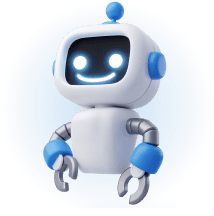
Write Essay Within 60 Seconds!
Use our AI tool to generate high quality essay-18976.png&w=256&q=75&dpl=dpl_Gdsvp7W41w43ZdA5Qu4MrGDa9Trz)
WRITTEN BY
Amanda M.
Columbia journalism grad writing speeches. I craft clear, quotable messages for media moments.
Keep reading
Learn How to Write an Editorial on Any Topic
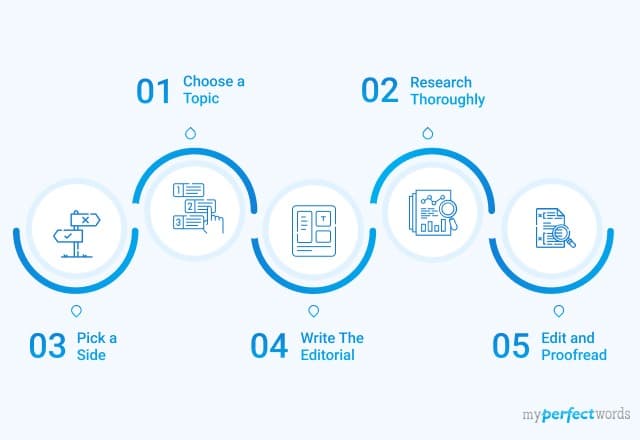
Best Tips on How to Avoid Plagiarism

How to Write a Movie Review - Guide & Examples

A Complete Guide on How to Write a Summary for Students
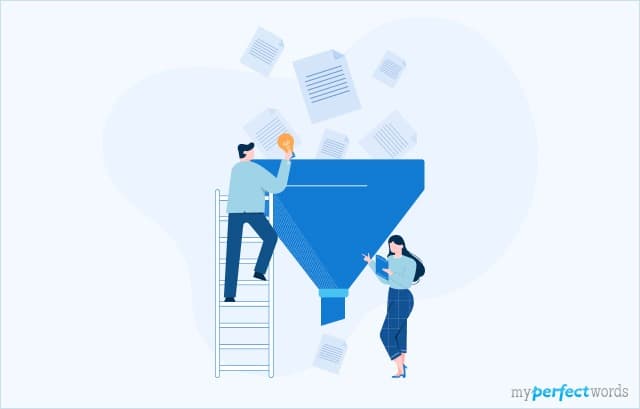
Write Opinion Essay Like a Pro: A Detailed Guide
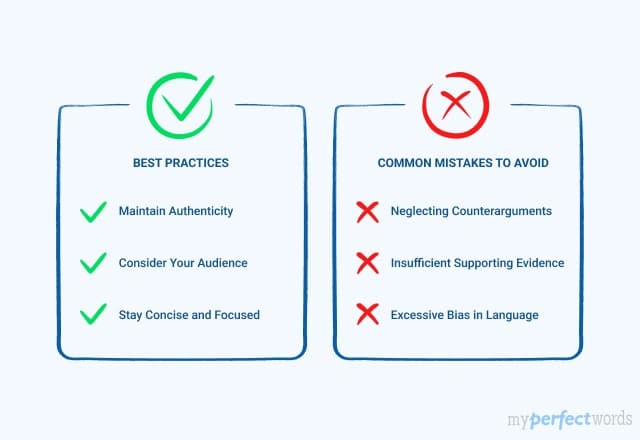
Evaluation Essay - Definition, Examples, and Writing Tips
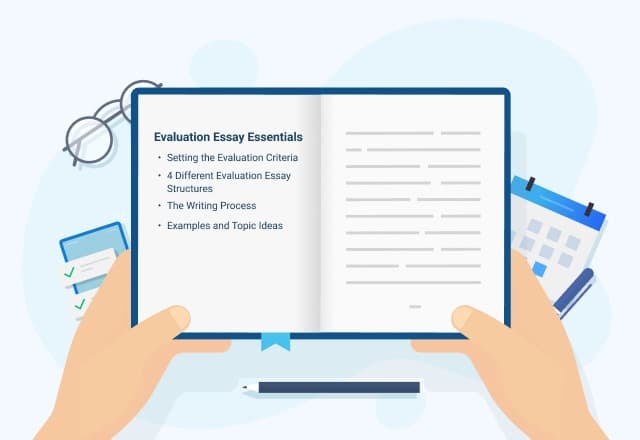
How to Write a Thematic Statement with Examples
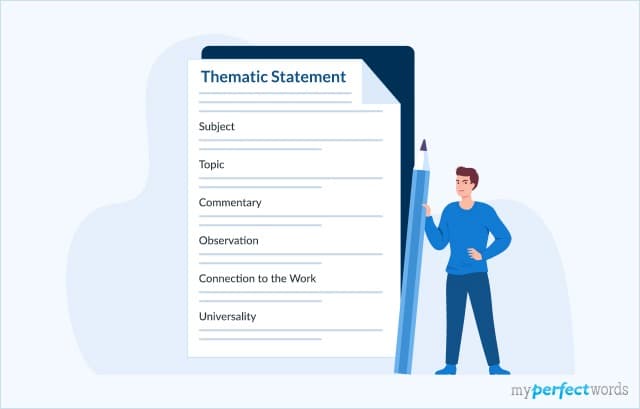
How to Write a Bio - Quick Tips, Structure & Examples
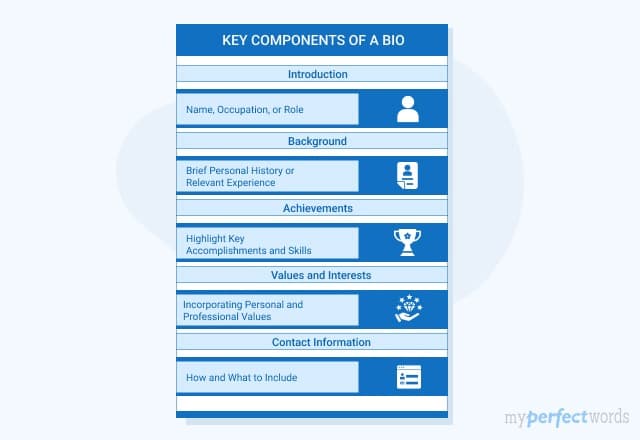
How to Write a Synopsis – A Simple Format & Guide
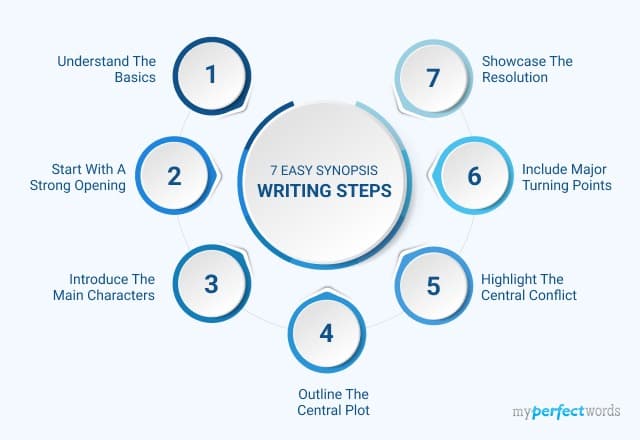
How to Write a Comparative Essay – A Complete Guide

Visual Analysis Essay - A Writing Guide with Format & Sample
-10652.jpg&w=828&q=75&dpl=dpl_Gdsvp7W41w43ZdA5Qu4MrGDa9Trz)
List of Common Social Issues Around the World

Writing Character Analysis - Outline, Steps, and Examples
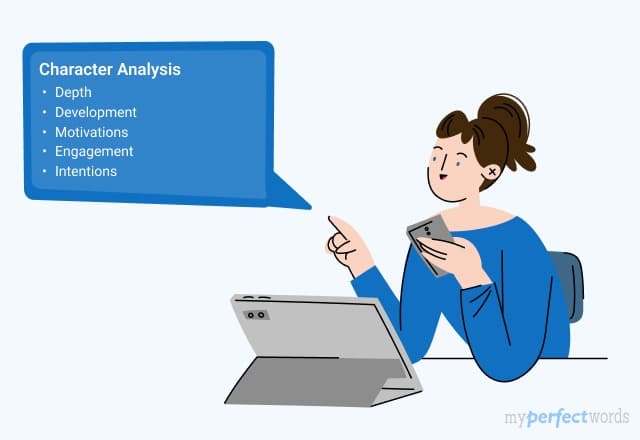
Article Review Writing: A Complete Step-by-Step Guide with Examples
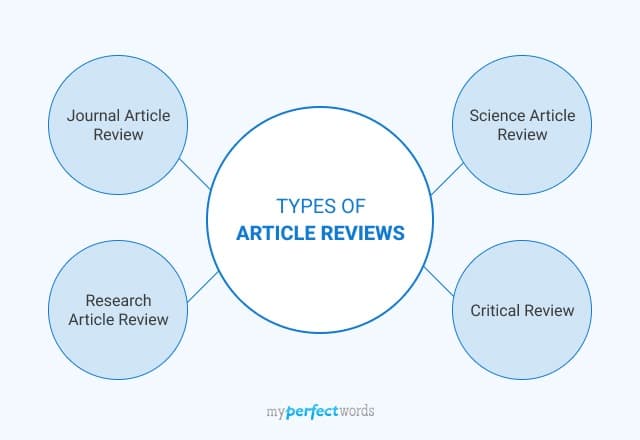
A Detailed Guide on How to Write a Poem Step by Step
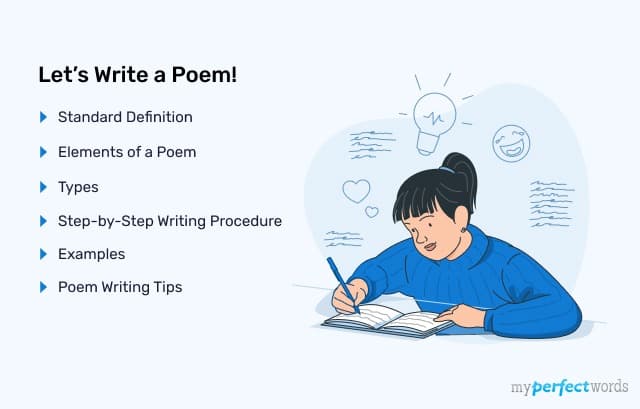
Detailed Guide on Appendix Writing: With Tips and Examples
